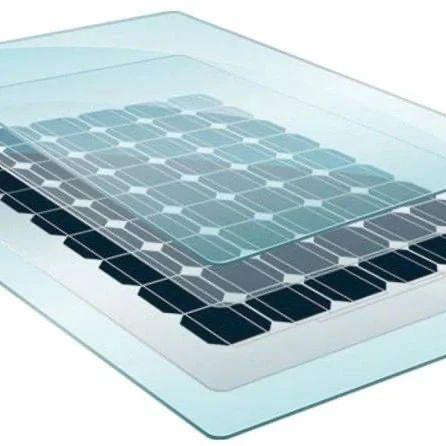

Understanding Low-E Glass Prices Factors and Market Trends
In recent years, the construction and architecture industries have increasingly turned their attention to energy-efficient materials, with Low-E (low emissivity) glass emerging as a popular choice. This specialized glazing not only improves the energy efficiency of buildings but also enhances indoor comfort. However, understanding the pricing structure of Low-E glass can be quite complex, influenced by various factors ranging from production costs to market demand.
What is Low-E Glass?
Low-E glass is a type of energy-efficient glass that is coated with a thin layer of metal or metal oxide. This coating reflects infrared energy while allowing visible light to pass through, making it an efficient option for controlling heat transfer in buildings. In cold climates, Low-E glass retains indoor heat, while in warm climates, it reflects outdoor heat away, ultimately reducing the need for heating and cooling systems.
Factors Influencing Low-E Glass Prices
1. Material and Coating The cost of raw materials used in the production of Low-E glass is a fundamental factor affecting prices. High-precision coatings require advanced technology and quality control, leading to increased production costs. As a result, the price of Low-E glass can vary significantly depending on the type and quality of the coating applied.
2. Manufacturing Process The process of applying the low-emissivity coating—whether it is done through pyrolytic or magnetron sputtering processes—affects pricing. Magnetron sputtering, while more costly, typically offers better performance and can justify a higher price point due to its ability to produce a clearer and more durable finish.
3. Energy Efficiency Ratings The energy performance rating of the Low-E glass also plays a critical role in its pricing. Glass units with higher efficiency ratings tend to be more expensive but can lead to greater energy savings over time. Homeowners and builders are often willing to pay a premium upfront for products that will result in lower utility bills in the long run.

4. Thickness and Size The dimensions and thickness of the glass can also impact its price. Custom sizes or thicker glass products are more expensive due to increased material costs and the complexities involved in production and installation.
5. Market Demand and Trends Economic factors and trends significantly influence the cost of Low-E glass. As demand for energy-efficient building materials rises, driven by stricter building codes and increased consumer awareness, prices can fluctuate. Additionally, global supply chain issues can also affect availability and pricing dynamics, especially during periods of heightened demand.
Current Market Trends
As of late 2023, the trend toward sustainable building practices continues to grow, with more consumers and construction professionals opting for energy-efficient solutions. This increased interest in Low-E glass is leading to higher production volumes, potentially stabilizing prices in the long term. However, fluctuations can still occur due to raw material shortages or supply chain disruptions.
Moreover, advancements in technology are continuously improving the performance of Low-E glass, which in turn influences its pricing. Innovations that reduce production costs can lead to lower prices for consumers without sacrificing quality.
Conclusion
In summary, the price of Low-E glass is influenced by a variety of factors, including material quality, manufacturing processes, energy efficiency ratings, and market demand. For individuals and businesses alike, investing in Low-E glass represents a commitment to sustainability and energy efficiency, often resulting in significant long-term cost savings. As the market evolves, staying informed about these factors can help consumers make more informed decisions regarding their investments in energy-efficient building materials. As demand continues to rise, potential shifts in pricing may emerge, but the overarching trend remains clear Low-E glass is quickly becoming a standard in modern construction and design.